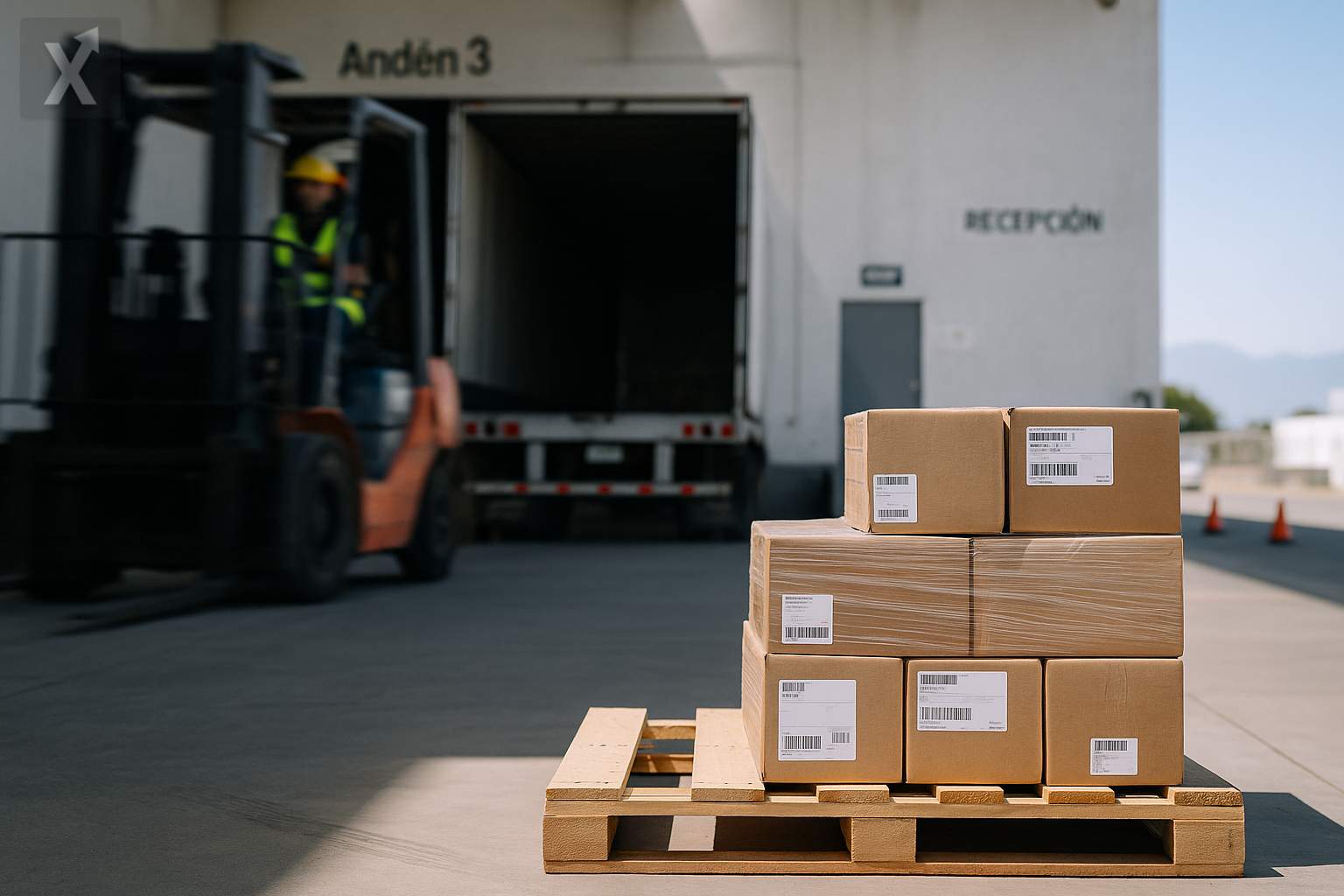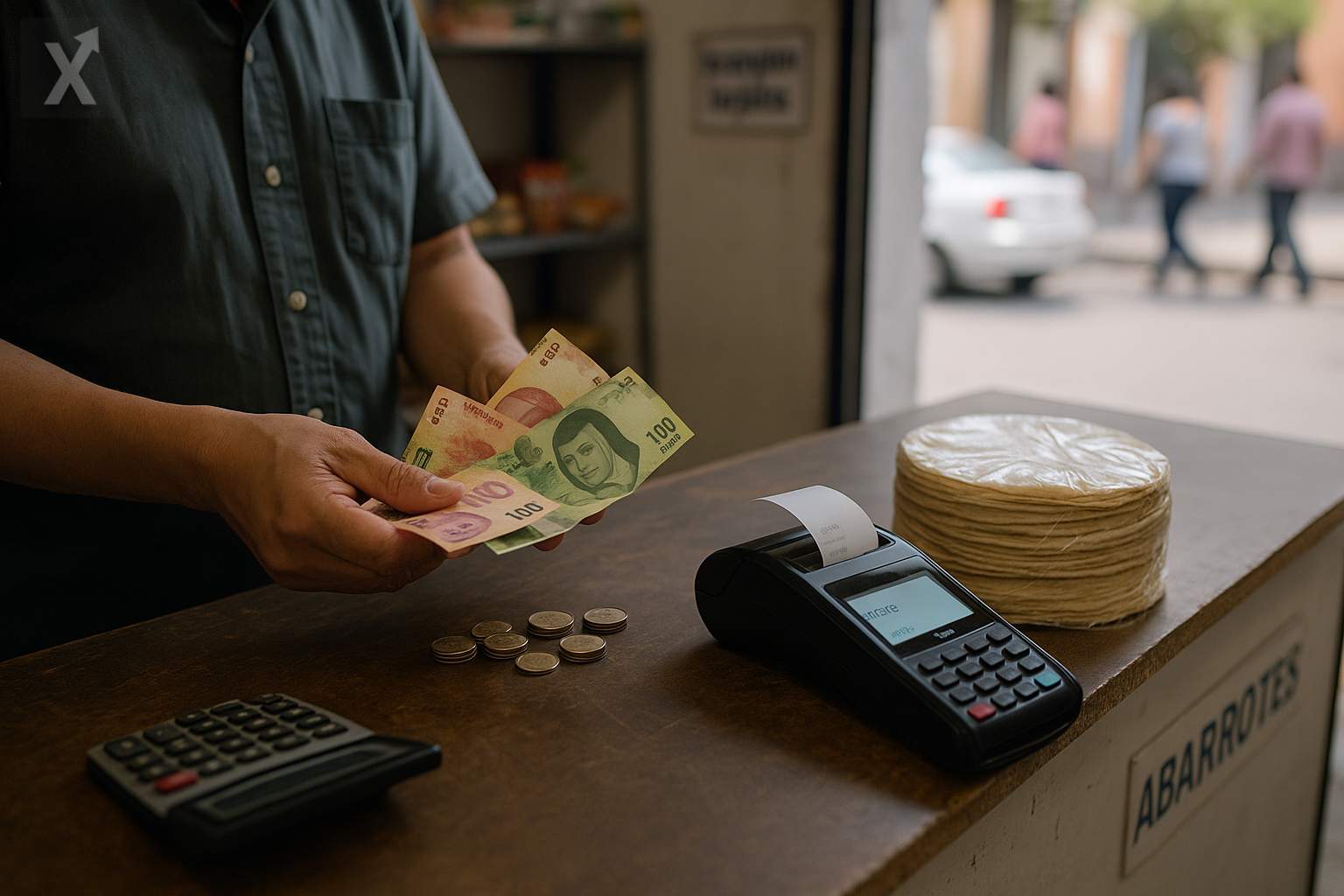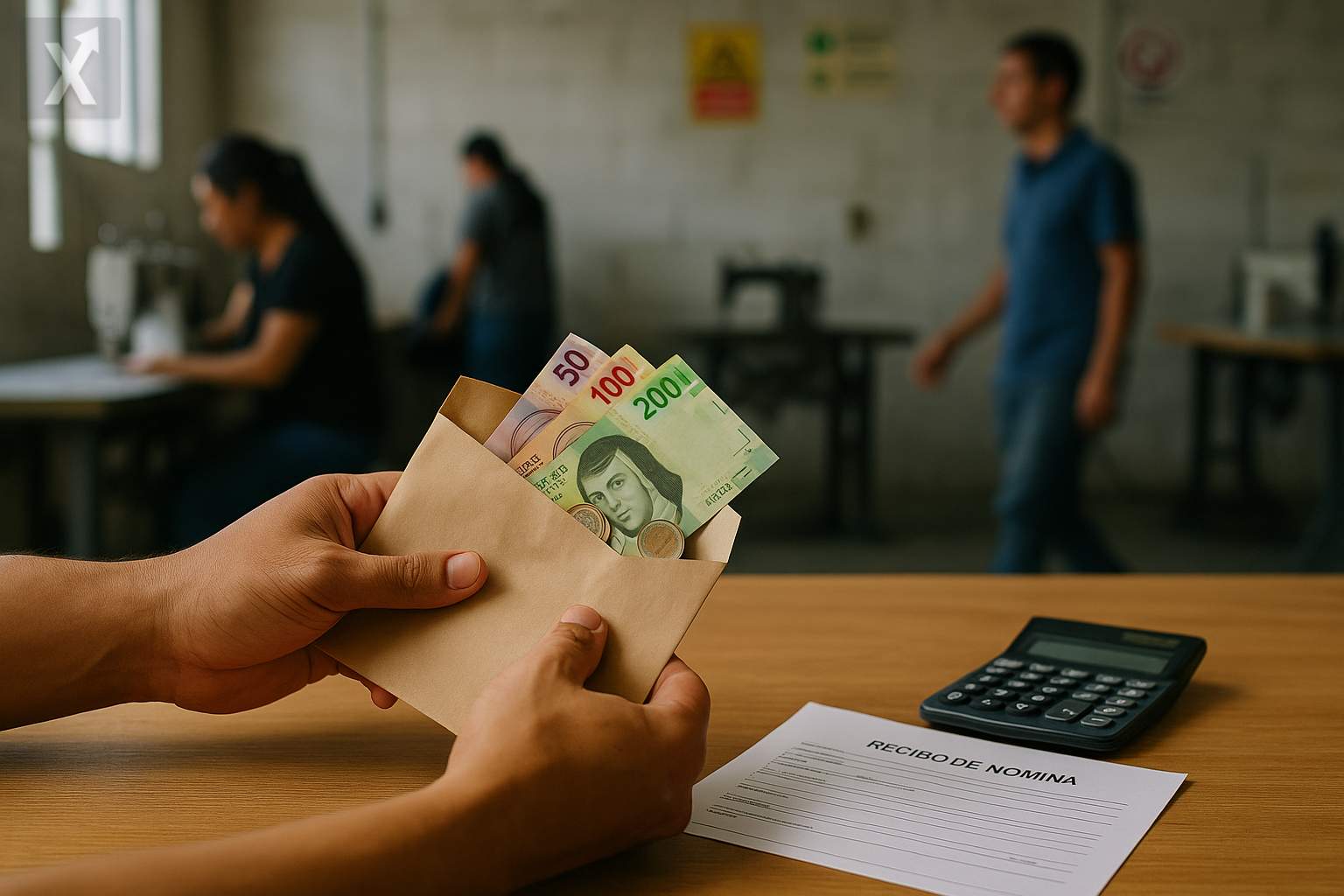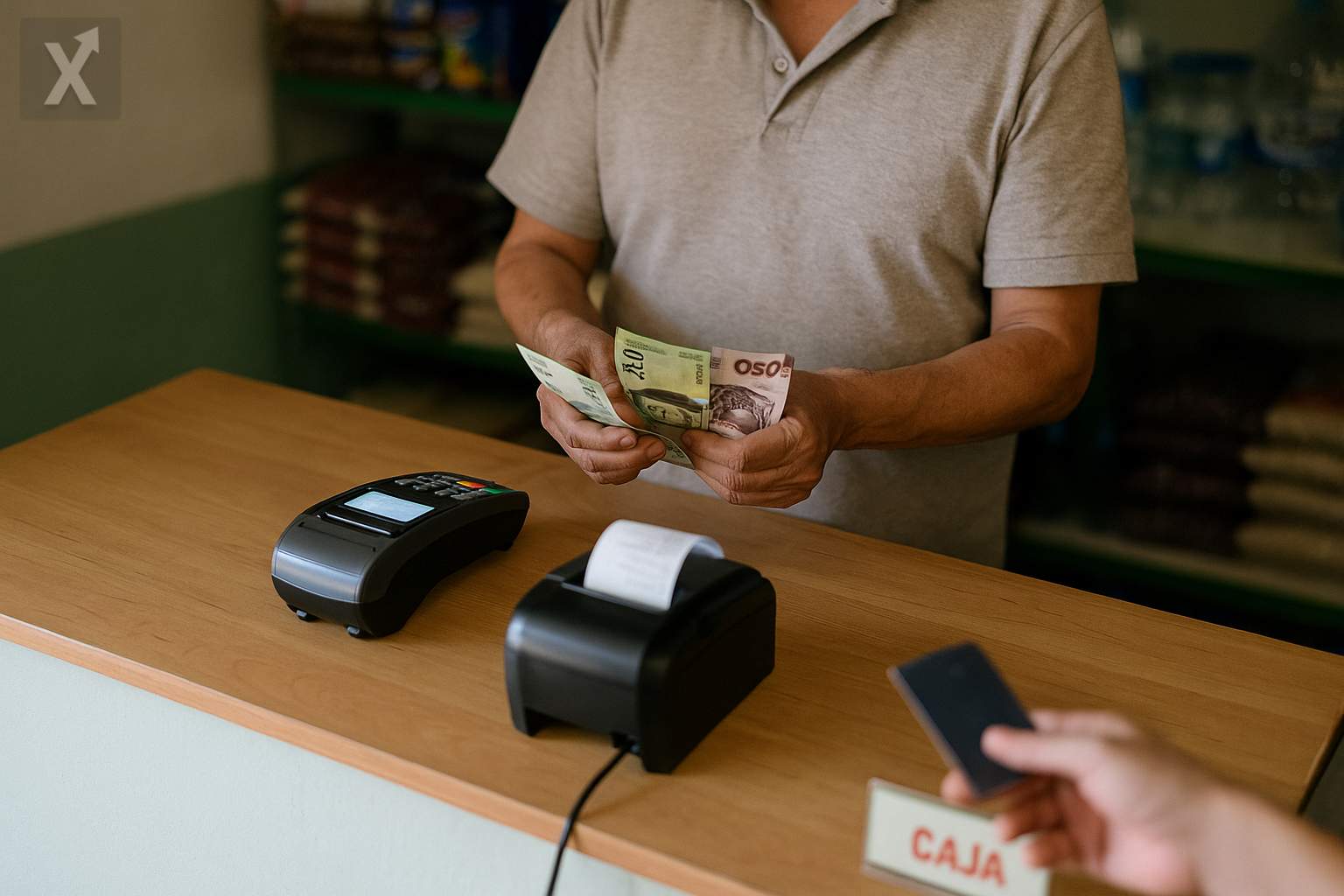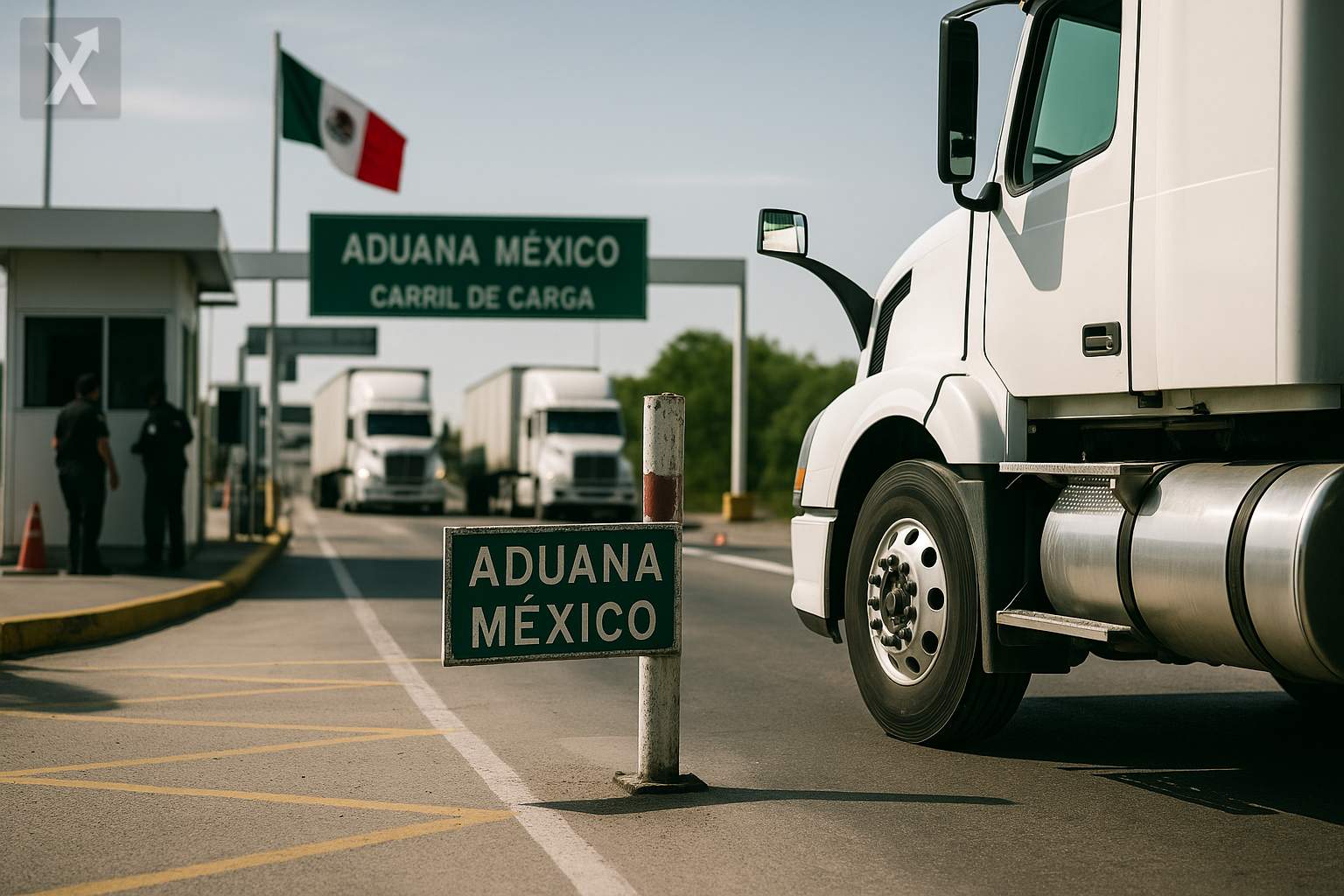Economy Imposes Definitive Tariffs on Chinese Footwear to Level the Playing Field in the Domestic Market

The Ministry of Economy published in the Official Gazette of the Federation the final resolution of an anti-dumping investigation on footwear originating from China. The ruling imposes definitive compensatory tariffs ranging from $0.54 to $22.50 per pair on imports sold below $22.58, effective for five years with the possibility of extension. The measure will go into effect on September 4 and seeks to restore competitive conditions for domestic manufacturers in a market under pressure from the entry of products at artificially low prices.
The investigation, launched in April 2024, covered boots, sandals, and athletic and casual sneakers. Based on collected information—including public hearings, technical meetings, and statements from companies and trade associations—the authorities concluded that dumping practices had displaced local production. In the preliminary phase, measures had already been applied to exporting firms, and the Foreign Trade Commission approved the project by majority vote on August 1, 2025. Requests for conciliation hearings were dismissed for failing to provide elements to correct the identified distortions.
The tariffs add to a 35% general duty decreed in 2024 on several footwear tariff lines, effective for two years. In practice, importers will face a combined barrier: the general tariff, and—when the import price falls below the reference threshold—the specific compensatory quota per pair. The official goal is to prevent undervaluation and stop sales below cost that, according to authorities, erode the profitability of local manufacturing.
The Mexican footwear sector is highly concentrated in clusters like León (Guanajuato), Guadalajara (Jalisco), and the State of Mexico, with value chains that include leather tanning, sole production, and contract manufacturing. Business associations estimate informal trade accounts for around 30% of the formal market, amplifying the impact of low-cost imports and under-invoicing at customs. For the measures to be effective, manufacturers and distributors stress that enforcement at points of entry and combating the rerouting of goods through third countries will be crucial.
The decision involved major brands and retail chains—such as Adidas, Nike, Puma, and Coppel—as well as more than 30 domestic producers, including Grupo Panam and Evapol Industrial. While the local industry welcomes increased certainty, some importers warn of possible adjustments in portfolios and delivery times. In the short term, formal channels may substitute part of their supply with products from other origins or domestic manufacturing, provided there is enough capacity and financing.
In terms of consumer prices, the effect could be limited on the overall index, given that the clothing and footwear category has a relatively low weight in Mexico’s CPI basket. However, low-price segments—those sensitive to changes of just a few pesos per pair—could feel shifts on store shelves. Exchange rate movements also play a role: a strong peso makes imports cheaper, while a depreciation would encourage switching to local products but raise costs for imported inputs used by domestic industry.
From a trade perspective, compensatory quotas are tools established by the WTO and USMCA as long as they are based on technical investigations and due process. Still, inquiries from trade partners or possible circumvention schemes via transshipment are not ruled out. Authorities will need to maintain constant monitoring of reference prices, origin, and tariff classification, as well as coordinate with the National Customs Agency and the Tax Administration Service (SAT) to deter undervaluation.
This policy shift coincides with a global supply chain realignment and with Mexico’s opportunity to attract manufacturing investment. To capitalize on this, the footwear sector aims to boost design, quality, traceability, and incorporation of technology, but faces challenges in financing, logistical costs, and formalization. Greater regulatory predictability and an environment of gradually normalizing interest rates would help support equipment upgrades and workforce training.
Going forward, the market’s response will depend on domestic capacity to meet volume and quality standards, as well as effective enforcement of measures at the border. If the quotas discourage unfair practices without shutting out legitimate competition, they could provide relief to manufacturing margins and protect jobs throughout the leather-footwear value chain.
In sum, the imposition of definitive tariffs on Chinese footwear blends trade defense with the need to enforce customs rules. While the inflationary impact would likely be minimal, it could reshape supply in the lower-price segments. The key will be in execution: monitoring for undervaluation and supporting local productive capacity so the measure translates into investment, employment, and greater formalization.
